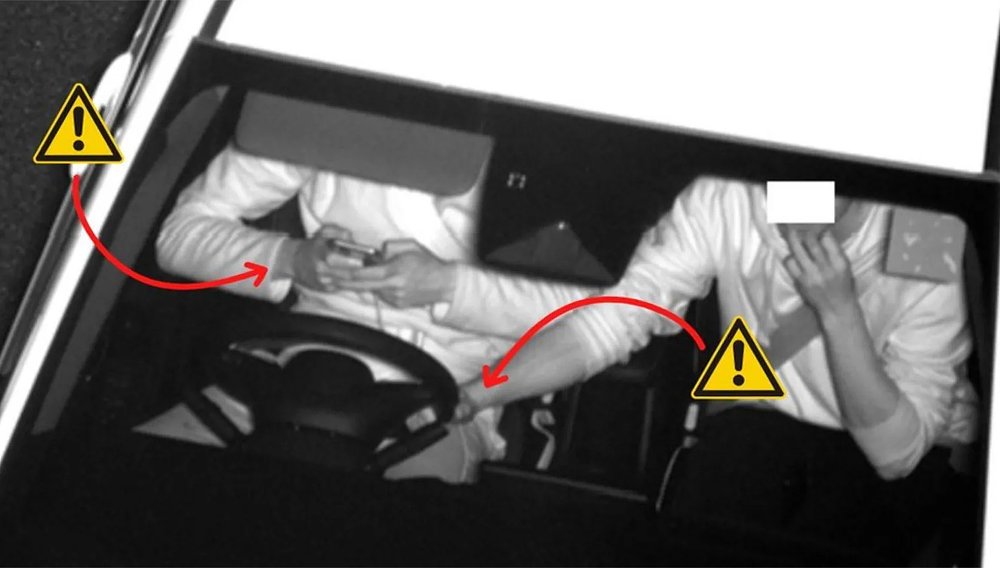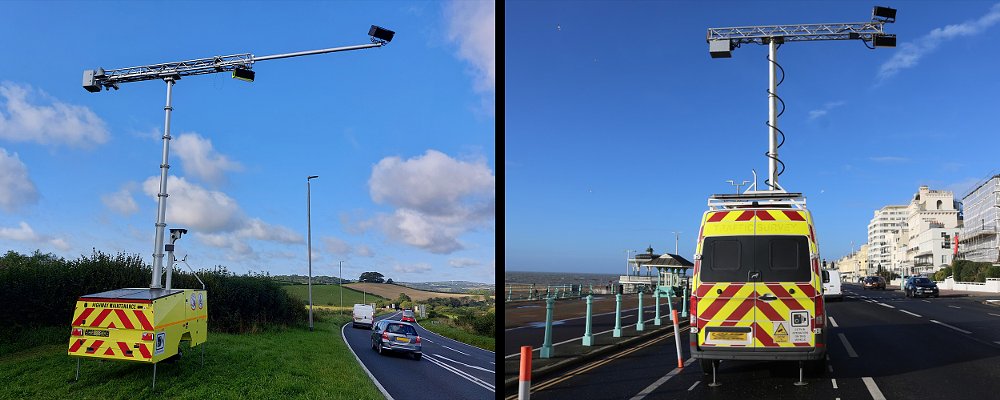Drivers using mobile devices are four times more likely to cause a serious crash. In the United Kingdom, distracted and impaired drivers accounted for 458 roadway deaths (a 10-year high) in 2022. To help curb the recent trend, British authorities are deploying AI-equipped cameras to catch offenders in the act.
The Mobile Phone and Seatbelt Detection Trial is an initiative that utilizes roadside cameras to surveil passing motorists. Artificial intelligence (AI) analyzes the footage for potential violations. Images flagged by the software aren't deemed official offenses until they undergo a review by a human. Those caught using a mobile phone behind the wheel can receive up to a £1,000 (around $1,235) fine and points against their record.

The program recently expanded, as well. It now includes 10 police forces in regions throughout the country. With the trial period ending in March 2025, local law enforcement will help inform on a potential nationwide roll-out at a future date.
The U.K.’s first mobile phone-detecting cameras debuted in 2021. One of the first systems recorded more than 25,000 drivers in just six months. More recently, cameras detected 152 mobile phones in use in 64 hours and 117 devices in 72 hours. That's a lot of law-breaking in very little time. Under previous guidelines, distracted drivers only received a warning. Offenders won’t enjoy such leniency moving forward.

A step too far?
British drivers are all too familiar with speed cameras, but phone-detecting systems raise even more questions. One part of me thinks, “Good, make more cagers get off their phones.” At the same time, most riders are also drivers and may not be comfortable with this level of surveillance.
There’s no indication that any U.S. state will test, let alone implement, similar devices, but with speed cameras already active in states like California, Alabama, New York, Arkansas, and Ohio, future adoption isn’t implausible. After all, distracted drivers contribute to much higher rates of deaths and injuries in the States, according to the latest roadway fatality data reported by the U.S. National Highway Traffic Safety Administration.
As motorcyclists, we stand to benefit from AI-driven cameras, but do the surveillance concerns outweigh the safety advantages? That’s a question only you can answer for yourself.









